Point-Slope Equation of a Line
The "point-slope" form of the equation of a straight line is:
y − y1 = m(x − x1)
The equation is useful when we know:
and want to find other points on the line.
Have a play with it first (move the point, try different slopes):
y − 6 = 0.5(x − 8)
Slope:
0.5
© 2018 MathsIsFun.com v0.891
Now let's discover more.
What does it stand for?
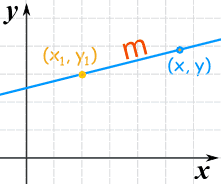
(x1, y1) is a known point
m is the slope of the line
(x, y) is any other point on the line
Making sense of it
It is based on the slope:
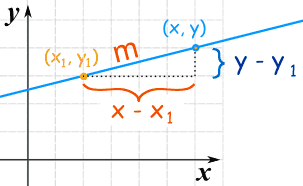
| Starting with the slope: we rearrange it like this: to get this: | 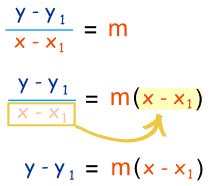 |
So, it is just the slope formula in a different way!
Now let us see how to use it.
What About y = mx + b ?
You may already be familiar with the "y=mx+b" form (called the slope-intercept form of the equation of a line).
It is the same equation, in a different form!
The "b" value (called the y-intercept) is where the line crosses the y-axis.
So point (x1, y1) is actually at (0, b)
and the equation becomes:
Start withy − y1 = m(x − x1)
(x1, y1) is actually (0, b):y − b = m(x − 0)
Which is:y − b = mx
Put b on other side:y = mx + b
source: https://www.mathsisfun.com/algebra/line-equation-point-slope.html
source: https://www.mathsisfun.com/algebra/line-equation-point-slope.html
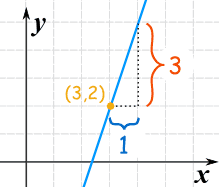

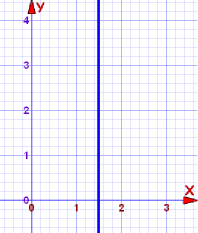
No comments:
Post a Comment